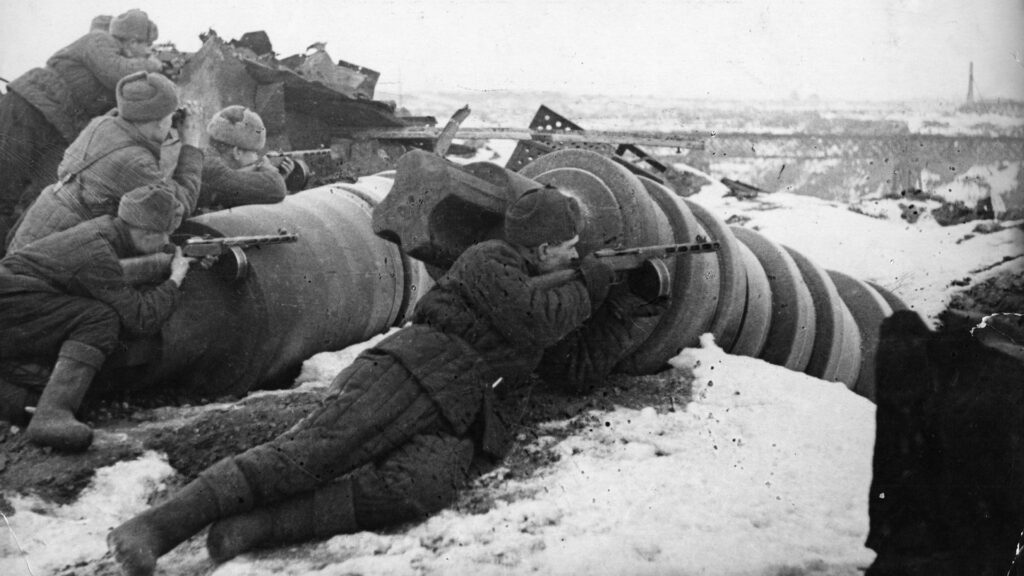The Battle of Stalingrad, fought from August 23, 1942, to February 2, 1943, was a pivotal moment in World War II. As part of the German campaign to capture the Caucasus oil fields and eliminate the Soviet Union, the city of Stalingrad became a key strategic point. Despite initial German advances and a fierce urban warfare that reduced the city to rubble, the Soviet forces, with reinforcements and supplies via the Volga River, held strong and ultimately launched a successful counteroffensive. The surrender of the German Army marked a significant turning point in the war and boosted the morale of the Allies. The Battle of Stalingrad remains a lasting symbol of sacrifice and resilience in the face of adversity.
The Battle of Stalingrad: A Turning Point in World War II and the Defeat of the German Army
The Battle of Stalingrad, which took place from August 23, 1942, to February 2, 1943, was one of the most significant battles of World War II. It marked the turning point in the war on the Eastern Front and resulted in the ultimate defeat of the German Army. This crucial battle not only changed the course of the war but also had a profound impact on the global landscape.
I. Background
The Battle of Stalingrad was part of the German military campaign to capture the Caucasus oil fields and eliminate the Soviet Union as a military, political, and economic power. The city of Stalingrad, located on the Volga River, was a key strategic point for both the Germans and the Soviets. It was also a major industrial center and a crucial hub for transportation. Therefore, control of the city was vital for both sides.
II. Initial German Advances
The German Army, led by General Friedrich Paulus, initially made swift advances and managed to surround the city. The Soviet forces, under the command of General Vasily Chuikov, put up a fierce resistance, and the battle turned into a brutal urban warfare that lasted for months. The city was reduced to rubble, and the civilian population suffered immensely during the siege.
III. Soviet Counteroffensive
As the battle raged on, the Soviets received reinforcements and supplies via the Volga River, which was their only link to the outside world. The harsh winter added to the difficulties faced by the German forces, who were ill-prepared for the extreme conditions. The Soviets, on the other hand, were able to adapt to the harsh winter, and their resilience and determination played a crucial role in turning the tide of the battle.
IV. The Surrender of the German Army
By early 1943, the German Army was on the brink of collapse. The Soviet forces launched a massive counteroffensive, encircling the Germans and cutting off their supply lines. The German troops were faced with a dire situation, and despite Hitler’s insistence on holding the city at all costs, General Paulus surrendered on February 2, 1943. The surrender of the German Army at Stalingrad was a significant blow to Hitler and his military ambitions.
V. Significance
The Battle of Stalingrad was a turning point in World War II. The defeat of the German Army marked the first major setback for Hitler’s forces and signified the beginning of the end for Nazi Germany. The Soviet victory at Stalingrad boosted the morale of the Allies and paved the way for their subsequent successes on the Eastern Front. It also had a profound impact on the global perception of the war and contributed to the eventual defeat of the Axis powers.
Conclusion
The Battle of Stalingrad was a pivotal moment in World War II, and its significance cannot be overstated. It was a hard-fought and costly battle that resulted in the defeat of the German Army and shifted the momentum of the war in favor of the Allies. The sacrifices made by the soldiers and civilians on both sides will forever be remembered, and the legacy of the Battle of Stalingrad continues to have a lasting impact on history.
